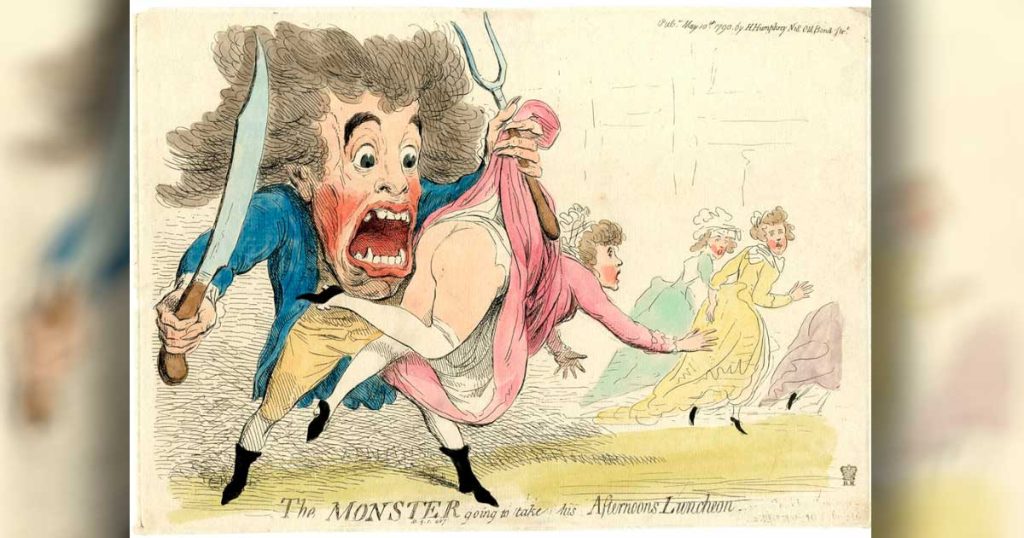While Jack the Ripper’s notorious killing spree in the 19th century is etched in history, there exists a forgotten assailant who terrorized London a century prior. The actions of the so-called Monster of London not only sparked hysteria but also led to a bizarre trend in protective undergarments.
The Reign of Terror (1788-1790)

Active between 1788 and 1790, the Monster targeted fashionable, well-to-do women, employing a sharp object to stab them on their thighs, buttocks, breasts, or face. Termed ‘piquerism,’ this sexually motivated urge evolved over time. At one point, the Monster concealed his weapon within a bunch of flowers, stabbing victims as they leaned in to smell.
The Sordid Tale

Jan Bondeson’s chance discovery of a poster in the British Library unearthed the sanguinary tale of the Monster. His 2002 book, “The London Monster: A Sanguinary Tale,” chronicles the first recorded attack on Maria Smyth, causing a nervous breakdown. By 1790, over 50 people had fallen victim to the Monster’s pattern of loitering, stalking, and stabbing, often accompanied by verbal abuse.
From Infamy to Celebrity
The Monster of London achieved celebrity status, prompting London broker John Julius Angerstein to offer a £100 reward for his capture. Chaos ensued, spawning possible copycats and a group of gung-ho vigilante monster hunters, even founding the No Monster Club. False accusations proliferated, fueled by media sensationalism and contemporary caricatures.
Protective Measures: Bizarre Bottom Guards
In a bid to shield their sensitive buttocks, women embraced bizarre protective undergarments. Cork rumps, copper petticoats, and even porridge pots under skirts became commonplace in the 18th century. Women in the 1770s and 1780s even sported false rumps, with cork sewn into pockets to enhance their posteriors and create a slimmer waist illusion.
The Scapegoat: Rhynwick Williams
Facing a wave of panic, Rhynwick Williams, a Welsh man, was accused, found guilty, and imprisoned for six years amidst jeering spectators. Bondeson theorized that Williams was a scapegoat, deflecting attention from the lack of an adequate police force in the Monster of London case. Some argue there was never a monster, attributing the story to mass hysteria, akin to the Salem Witch Trials.
Conclusion
The Monster of London left an indelible mark on history, not only through his heinous acts but also by inspiring a peculiar chapter in fashion history. The bizarre trend in protective undergarments reflects the lengths to which society went to cope with fear and uncertainty.


